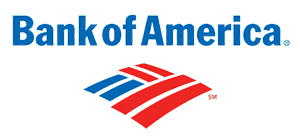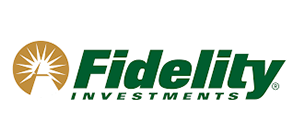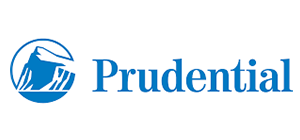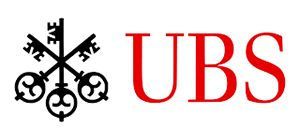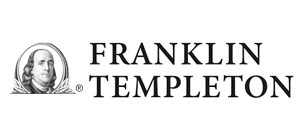Uncovering the Hidden Risks of the Endowment Model
It is generally known that endowments invest in risky assets, but quantifying such risks has remained challenging due to a lack of information about returns. We set out to address this challenge and developed a new basis for estimating endowment risks.
While endowments and foundations are optimistic about 2018, many believe a number of risks―including rising rates, slowing economic growth and geopolitical uncertainty―threaten performance moving forward. These concerns could already be driving increased adoption of risk management practices. In a recent survey by Mercer, nearly two-thirds of endowments and foundations (61%) said they are using stress testing or scenario analysis for risk purposes, up from roughly one-third (36%) five years ago.
In fact, Harvard has sent the clearest signal of a renewed focus on sound risk management, with new Harvard Management Company CEO Narv Narvekar recently introducing a new risk allocation framework that places emphasis on better understanding, evaluating and dealing with portfolio risks. The aim is to boost risk-adjusted returns, which makes sense, but more on that later.
Managing risk hasn’t always been the central focus for large endowments, though. In fact, for more than half a century, endowments have been slowly moving away from an emphasis on risk management. In the late 1960s, what is now referred to as the Barker report, advocated for endowments to shift their investment objectives from sustaining income to maximizing long-term total return. Slowly, endowments began downplaying the importance of risk as they shifted toward higher-risk, higher-return strategies.
That trend gathered steam over the next couple decades, culminating in the birth of the Yale endowment model, spearheaded by endowment CIO David Swensen. The model embraced the risks inherent in illiquid and less efficient markets―such as private equity, real estate and natural resources―while trying to harvest the premiums paid for those risks over the long haul. Other endowments, specifically Mr. Swensen’s Ivy League peers, followed suit.
The idea was that, unlike other institutional investors, endowments have long horizons, which allows them to weather short-lived market disruptions. On top of that, the active rebalancing taking place during volatile periods by Yale and other Ivy League endowments, provided an opportunity to further boost returns.
Although this may sound like a paradox, excess market volatility, at least in the short-term, is not necessarily bad for the endowment model. “Frequent rebalancing activity,” as Swensen puts it, “allows investors to maintain a consistent risk profile and to exploit return-generating opportunities created by excess security price volatility.”
And indeed, for many years the endowment model worked very well, allowing Yale and other Ivy League schools to earn consistently high returns that outperformed most public benchmarks, leading the industry to focus more on their abnormally high returns and less on the hidden risks that some of illiquid investments in Ivy endowment portfolios carried.
Sign in or register to get full access to all MPI research, comment on posts and read other community member commentary.
